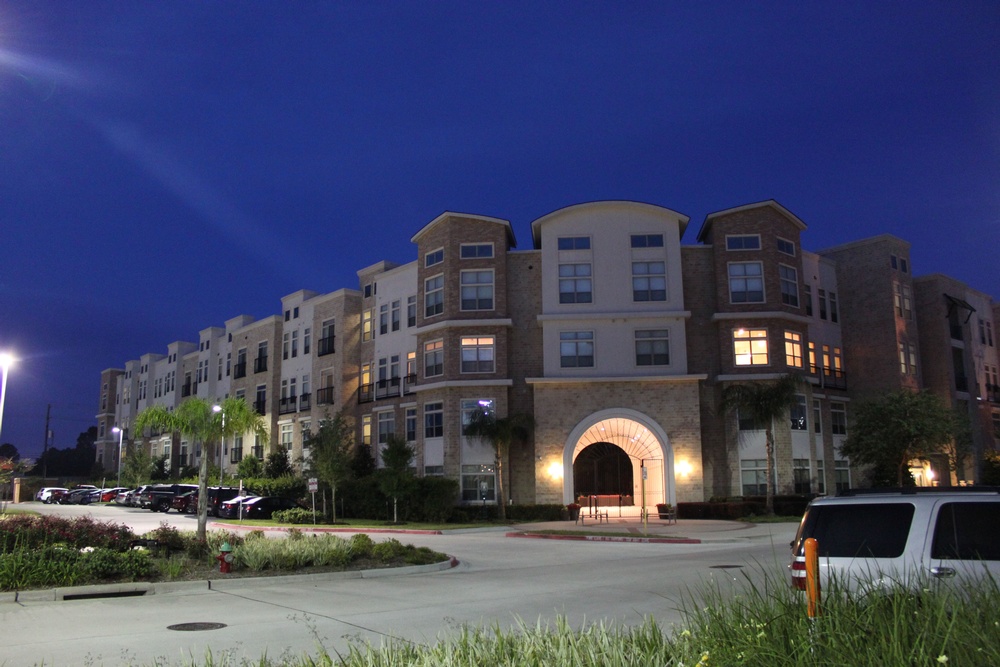3 Lighting Conditions for HD Surveillance

When it comes to getting a good image in video surveillance, the essential elements are similar to what it takes to grab that perfect picture with your camera. One such element is dealing with a variety of lighting conditions.
Here are some helpful tips on how to capture great images in three lighting conditions and choosing the right camera for the job.
A Range of Lighting Conditions Simultaneously
This is in regard to a scene that contains both bright and dark areas. Typical scenarios include large retail stores, stadiums and casinos. The technology that would best capture images in this type of lighting environment is what is called Wide Dynamic Range (WDR), in particular dual exposure. Dual exposure is one way of enabling WDR and is about combining two exposures (short and long) in each frame to give you the best output image in the end. Sometimes this is called True Dynamic Range and a consideration when looking at cameras. True Dynamic Range is what a sensor and the image processor can output as oppose to artificially enhancing the image after it has been captured.
Also, most cameras will have WDR measured in decibels (dB) with the best performing typically around 100 dB or greater.
Low-light Conditions
What we really mean here is consistent low-light or ambient light. This can be anything like commercial lobbies, restaurants and outdoor areas. When you get into low light, you have a problem with noise and this reduces the image quality you will get.
A common mistake that installers have done is they install cameras during the summer months when there is lots of light and the cameras are performing extremely well. But, once the fall and winter months hit, we tend to see a drop off in performance when night falls earlier. What has happened is when the cameras were initially set-up, the changes in lighting conditions were not considered.
The right camera for low-light conditions are HD cameras with advanced noise reduction like Avigilon’s LightCatcher technology. Technology like LightCatcher is specifically suited for these environments because it is looking to provide superior images in color and can also be leveraged for higher resolution cameras like 8, 12 and 16 MP cameras. It’s a combination of an image capture system that inherently sees less noise as well as advanced noise reduction. Moreover, it also enables effective compression performance (more on that later).
Another consideration when choosing the right camera is also choosing the right lens. And it all comes down to aperture. Aperture is measured by what is called F-stop value. The lower the F-stop, the better the lens will be in low-light because the aperture is wider. However, this doesn’t mean that you should always choose the camera that has the widest aperture or the narrowest depth of field. There may be a situation where you want to change the depth of field to get the details and clarity you are looking for.
You want to match whatever your lens and F-stop value is going to be in the application and look for the low-light performance specification that corresponds.
Extreme Low-light or No Light Conditions
If there is no light, then there is no picture. This can be for things like dark parking areas, entrances or back alleys but really it’s any scene where there is no light.
For a situation where low-light technologies like LightCatcher won’t work, you want a camera that has adaptive infrared or adaptive IR technology. Adaptive IR prevents overexposure and loss of detail of a scene.
We covered Adaptive IR technology in great detail in the White Paper entitled “Adaptive IR Technology”.
Other Considerations: Bandwidth and Video Management System (VMS)
Why is bandwidth an important component of lighting? Bandwidth will increase from day to night because noise is introduced. Compression algorithms are fooled into interpreting the video noise as motion or image detail thereby reducing the effectiveness of compression.
The camera makes an assumption that if there is motion or detail here, I should not compress it and send you as much data as possible so that you can process that. That’s why it is important to have noise reduction technology like LightCatcher to help steady your bandwidth requirements and reduce your storage requirements.
Adaptive video analytics is another way to reduce storage as it only triggers recordings on real movements, not noise or wind.
Also, when looking at lighting you can use your video management systems like Avigilon’s Control Center Client to change certain settings like gain, backlight compensation or white balance to increase the detail captured.
Used with the permission of avigilon.com/connected.